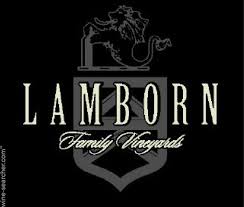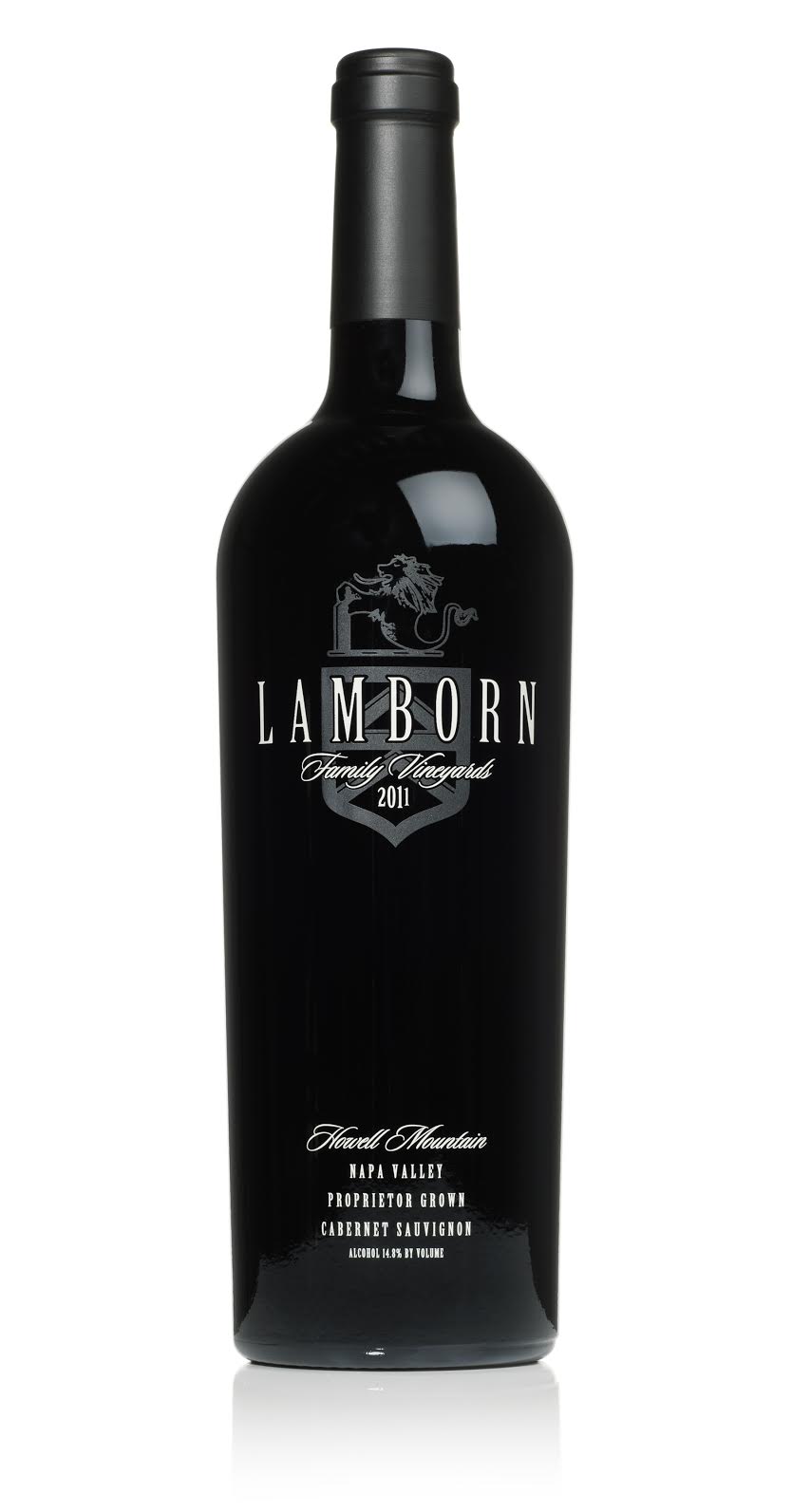"Wine Mic Monday" is a VAULT29 series based on an "open mic concept" where wineries take over our blog to write about aspects unique to them and their wines. This week, we are proud to feature Lamborn Family Vineyards - Three Generations of Elegant Howell Mountain Wines, Artfully Expressed by acclaimed Winemaker, Heidi Barrett.
"Label Talk: Let's Make It Meaningful" by Brian Lamborn
Like so many of the wines being produced today, wine terms themselves are becoming homogenized and, as a result, obsolete. The term “boutique” is a great example.
What exactly is a boutique winery? Larry Walker addressed the issue in his article on small wineries (“Starting And Staying Small,” January 2006) to help the industry better understand this often-used phrase. But I fear that perhaps the designation has gone the way of other favorites, thrust into meaningless oblivion by overuse and abuse.
Terms like “private reserve” and “old vine”—these fancy phrases are often nothing more than marketing gimmicks used by many labels in an effort to set them apart from others. By making this terminology the standard rather than the exception, the words have become rote in use. As an industry, I feel we need to either assign proper definitions and adhere to them, or rely on marketers to come up with catchy new phrases.
While we are faced with stringent regulations on grapegrowing and winemaking, why is it that some of the terminology that goes on the bottle is overlooked? When it comes to the wine, we must, within a very specific percentage point, accurately label the alcohol content. We must tell consumers that the product they are purchasing contains sulfites—I wonder how many consumers actually know what sulfites are—and the bottled wine must be at least 75% varietal to label it as such. These are very precise regulations that ultimately protect consumers; they know what they are buying, as it is clearly defined. Meanwhile, other wine-label terms are completely undefined.
“Old vine” not only has no legal definition, there isn’t even general agreement on its meaning. Some people say vine age should be 35 years to qualify, while others argue a minimum of at least 50 years. As it stands now, the term can simply mean: “My vines are older than yours.” And what percentage of the grapes must be from old vines in order to earn this classification? There are some phenomenal wines coming from vines that are more than 50 years old— they are labeled “old vine,” and should be allowed that luxury. But what about wines made from 20-year-old vines?
“Private reserve” (or any number of variations) is a term we find on wine labels that also has no legal definition, and therefore cannot guarantee any special meaning. While there are wineries that do use this term to describe wines produced from exceptional grapes or elite vineyards, the fact that anyone can put it on his label makes it meaningless.
What’s my point? Let’s define these terms! By giving them actual meaning, not only will we enjoy truth in marketing, but truth in the bottle.
Just do an Internet search for “boutique winery,” and you’ll see what I mean. I’m not certain how every winery within the last 10 years has become a “family” and/or “boutique” winery—regardless of case production and quality—but if the trend doesn’t end soon, wine producers will become like so many wines these days: the same. Personally, I would find it more rewarding to actually earn the classification of “boutique,” than to self-proclaim it.
Producers essentially use wine labels as mini-advertisements. They creatively utilize style and terminology on the labels to make their wines more appealing. Descriptive terms such as “private reserve” and “old vine” can be great marketing tools; defining them would undoubtedly strengthen their impact for the wineries that earn the right to use them.
At our family winery, we use the phrase “proprietor grown” on our labels. We do all the work ourselves, we grow high quality grapes and we’re very proud of it. It isn’t a term that should be abused or taken lightly. It’s one of the few terms that can actually mean something today.
If you’re not familiar with us, we are a “boutique,” “family winery” with “estate grown,” “cult” Cabernets and “oldvine” Zinfandels “handcrafted” with care in “small lots” by “artisan” winemaker Heidi Barrett.
"Like" Lamborn Family Vineyards on Facebook & "Follow" them on Twitter @lamborn.
Be sure to add your Lamborn experiences in the VAULT29 app!













